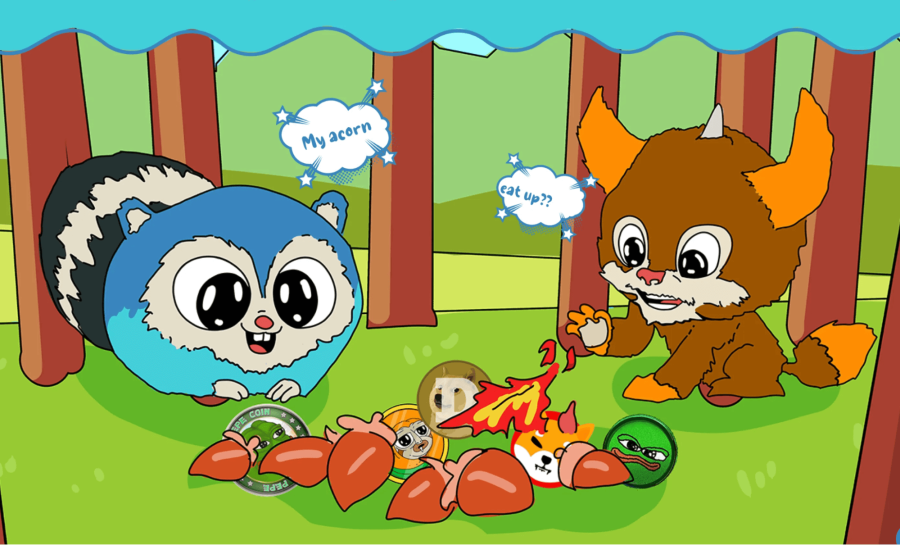Every bot has a voice, but does every bot have a personality? Do bots even need a persona? It’s no secret that conversational interfaces make conversational interfaces enjoyable, but what do you think?
Conversation interfaces are created for better interactions between humans and machines. When the conversations are human-like, the experience becomes more interesting when you develop your own bot’s persona.
Why does your bot need a unique character?
A personality gives your chatbot or voice assistants a relatable feel, making it seem more trustworthy and reliable. Also, a personality helps in creating an understanding in a way how the bot will talk- tone, language, style. A chatbot somehow removes that cold, machine-like feel attached to technology.
We humans project traits into everything, and when there’s something that talks like us, how would we not associate it with a personality?
If you don’t craft the personality of your chatbot or voice assistant, people will do it for your brand. So you don’t want your brand to get along with those traits or characters. And, if your bot has strong opinions, it should have a personality that aligns with the brand tone and values.
Also, personalization is the name of the game today, and conversational experiences need to be personal and engaging, offering users that emotional connection that they want from a brand.
Building/Develop your chatbot persona.
Now that you truly understand why your bot needs a unique personality. Let’s talk about the factors you need to consider when you develop your bot’s character –
1. Your brand personality
The first place to look into should be your organization and the personality attached to it.
- The brand tone you use on your website and across social media
- The personality of your top management and executives who speak on behalf of your organization
- Your mission and vision statements
When looking at it all together or side-by-side, you might see a common thing or characters; these can be a good start.
2. Your customers
Your customer point of view might already be playing a role in a lot of many decisions you make as an organization, and it would also play a key role in developing your bot personality.
- Who are your customers
- How do they talk
- What demographics they come from
- How well-versed they are with technology
- What issues they face most with your product or service
Most of us feel good when we talk to someone who has similar traits as ours and, more importantly, is friendly towards us. Of course, the bot should be more on the professional side, but the little elements that make a conversation effective- sharp, humorous, friendly- a touch of emotions.
What work would be the bot persona responsible for:
The personality of the bot should mostly depend on the type of work it will be associated with. Say, for example, your company provides motivation trainers to work on the happiness quotient, but you wouldn’t want the bot to be peppy and excited at all times as people will want to share their sob stories or pressure points.
You would have to understand the end-result- how you want people to feel when they talk to your bot. The ideal personality should be created only after reflecting on your bot’s work responsibilities.
Gender and diversity
The personality of a bot mostly revolves around the accent, the tone (male or female voice), but the question is do you need your bot to be of a specific gender or, like various popular chatbots and voice assistants, gender-neutral.
Also, designing a personality based on gender-specific is more trouble than useful.
Who will build your character for your bot?
Your bot personality needs to be thoughtfully planned and well-executed for it to deliver an extraordinary experience.
To create your bot persona, you would need conversation designers- it could be a combined team of writers, designers, psychologists, customer service executives, and the likes. The lines of copy can be limited, but the conversation is definitely extensive.
To humanize Google Assistant, Google hired creative writers and comedians.
To make Siri more fun and witty, Apple hired a writing and editorial team.
How do you translate your bot personality into the dialogues it speaks?
Just like an author understands all the intimate details and traits of its characters but doesn’t feel about writing it all in the book. Similarly, you don’t need to share everything about your bot. Agreed, having a backstory allows you to make the personality more interesting, giving you a better chance at writing dialogues. But the dialogues you need to write for your bot should be not related to the bot but the goal you want your customers to achieve.
1. Tone of voice
What does your bot do? Offer legal advice, share funny jokes, deliver professional services…the tone of the voice should be influenced by the level of severity of the work. A friendly, non-judgemental, semi-formal kind of attitude can be the big difference between irritation and conversion.
2. Use of words
The choice of words would also play a role between conversion and irritation. It should not put down or poke, but gently inform and suggest. The copy should be practical yet creative enough to have an interesting conversation. Again depending on the role of the bot and your industry, of course.
3. Underlying emotion
Empathy should be at the forefront of emotion. A simple acknowledgment is often enough for a customer to let out that steam and know that someone is listening to them and looking for a solution to the issues they are facing.
Real conversations make for the real test.
The conversations you create and the conversations the bot has in real-time with customers can vary a lot. Conversations require participants, language, context, nuances, and as we humans know, conversations are hard to predict.
There might be certain phrases that would win a customer right away, but there can even be dialogues that don’t turn out to be that effective.
Building the personality of your bot is just like building a prototype that requires iterations and testing before you assign to what it’s built for. Keep working on it till you find the natural fit use-case.
Image Credit: andrea piacquadio; pexels




























